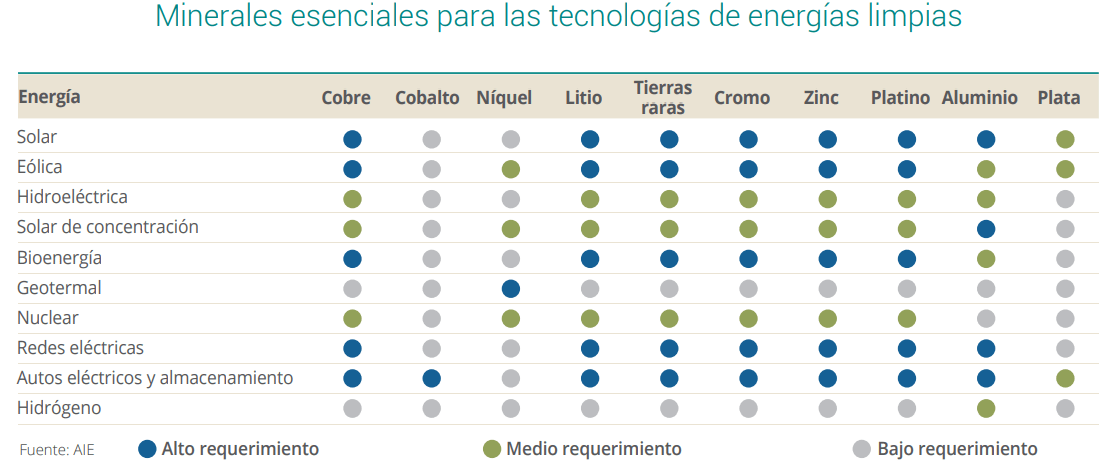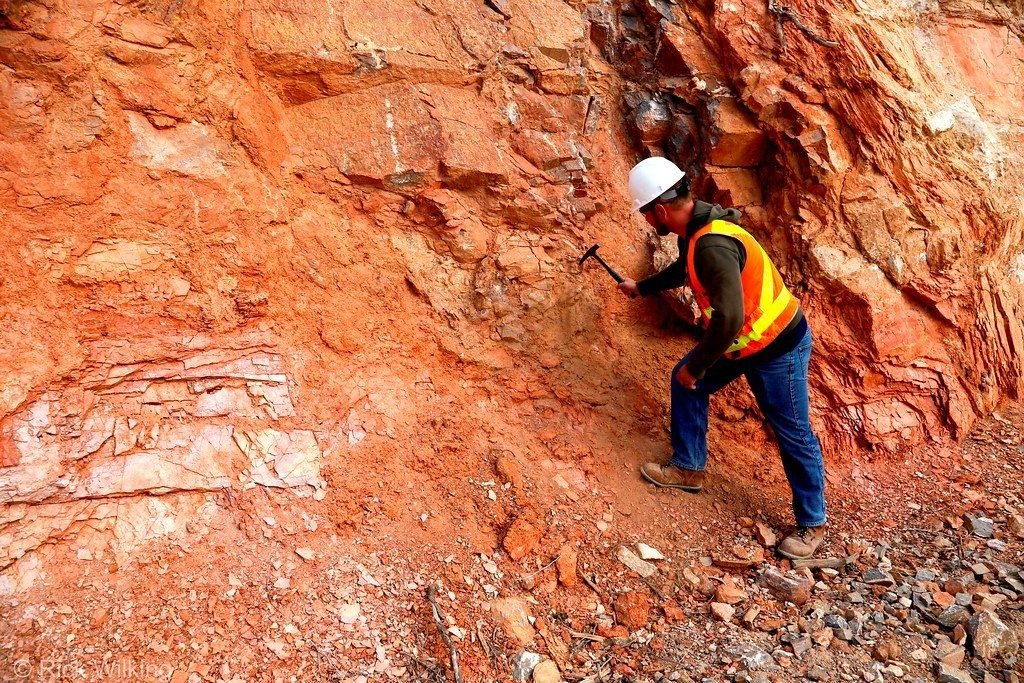The Mining Chamber of Mexico (Camimex) highlighted the 10 essential minerals for clean energy technologies.
These minerals are: copper, cobalt, nickel, lithium, rare earths, chromium, zinc, platinum, aluminum and silver.
According to Aspen Technology, demand for a wide range of metals and minerals, such as lithium, nickel, cobalt and copper, is expected to increase as a result of electrification and the energy transition.

According to a report by the International Energy Agency (IEA), «The Role of Critical Minerals in Clean Energy Transitions,» published in May 2021, increased electrification could increase demand for lithium by 40 times between now and 2040 and for cobalt by 25 times.
In its 2023 Sustainability Report, Camimex states that the energy transition without metals and minerals is inconceivable.
Their use in renewable technologies and innovative industrial applications is generating a new demand for investment.
From Camimex’s perspective, with the solar sector set to consume 888 million ounces of silver in this decade, and a growing electric vehicle industry requiring 55 million ounces each year, photovoltaics and electric vehicles are undoubtedly the most important sources of demand for metals and minerals such as silver, copper, lithium, zinc, among others.
Essential minerals
Camimex stated that the future of a secure energy transition depends on a strong value chain in the supply of some key minerals, given that both renewable energies and electric vehicles require more essential minerals, such as copper, lithium, nickel, cobalt and rare earth elements, than traditional technologies.
In 2021, the IEA prepared a special report projecting future mineral requirements under different climate scenarios and energy technologies.
For this purpose, certain low-carbon energies were taken into consideration, such as large-scale and distributed solar photovoltaic energy, wind energy, concentrating solar power, hydroelectric, geothermal, nuclear and bioenergy.
Metals and minerals requirements for electric vehicles (EVs), batteries and hydrogen in the period 2030- 2040 were also incorporated into the analysis.

